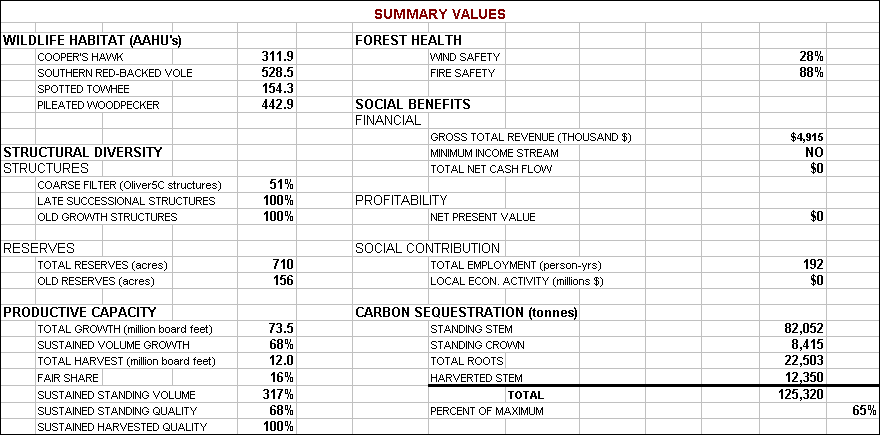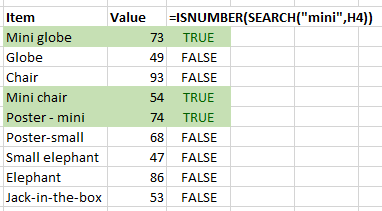


# … with 334 more rows, and abbreviated variable names ¹flipper_length_mm, However, I would expect them to be much closer.Species island bill_length_mm bill_depth_mm flipper_…¹ body_…² sex year
DPLYR SUMMARIZE SUM VALUES CODE
The vectorized code is the fastest, but it is not very concise. # expr min lq mean median uq max neval cld check_equal % mutate ( total = A + B + C + D + E + F ) %>% select ( index, total ) }, "gather" =, check = check_equal, times = 10 ) print ( bm, order = 'median', signif = 3 ) # Unit: milliseconds We can measure the running time of every snippet of code using the package microbenchmark. mutate ( df, total = reduce ( select ( df, - index ), `+` )) # A tibble: 1,000,000 x 8
DPLYR SUMMARIZE SUM VALUES FULL
This function lets us take full advantage of R vectorized operation and write the operation very concisely, whether it be 6 or 20 columns. If the output cannot be coerced to the given type an exception will be thrown.įinally, we have the reduce() function from the purrr package (see this chapter from “Advanced R” by Hadley Wickham to learn more). pmap() has variants that let you specifiy the type of the output ( pmap_dbl(), pmap_lgl()) and thus are safer.rowSums() can only be used if we want to perform the sum or the mean ( rowMeans()), but not for other operations.apply() coerces the data frame into a matrix, so care needs to be taken with non-numeric columns.These function perform the same operation but differ in many aspects: mutate ( df, total = rowSums ( select ( df, - index ))) # A tibble: 1,000,000 x 8 Here we can use the functions apply() or rowSums() from base R and pmap() from the purrr package. The next possibility is to iterate over the rows of the original data, summing them up. However, it also may already be in tidy form. the data frame df may not be a tidy dataset, and it is always a good idea to transform those using tidy data principles. Of course, depending on the meaning of the columns “A”, “B”, etc. The downside of this approach is that we have as many groups as rows in the original data frame, and usually grouped operations are not very efficient when the number of groups is very large. The second approach is to use tidy data principles to transform the previous data frame into long form and then perform the operation by group: df %>% gather ( key, value, - index ) %>% group_by ( index ) %>% summarize ( total = sum ( value )) # A tibble: 1,000,000 x 2 The downside is that if we want to sum up say, 20 columns, we have to write down the name of all of them. This is probably going to be very fast, since it takes full advantage of R vectorized operations. Inspired partly by this and this Stackoverflow questions, I wanted to test what is the fastest way to create a new column using dplyr as a combination of others.įirst, let’s create some example data library ( tidyr ) library ( dplyr ) library ( tibble ) library ( stringr ) library ( purrr ) library ( readr ) library ( microbenchmark ) set.seed ( 1234 ) n Benchmark adding together multiple columns in dplyr


 0 kommentar(er)
0 kommentar(er)
